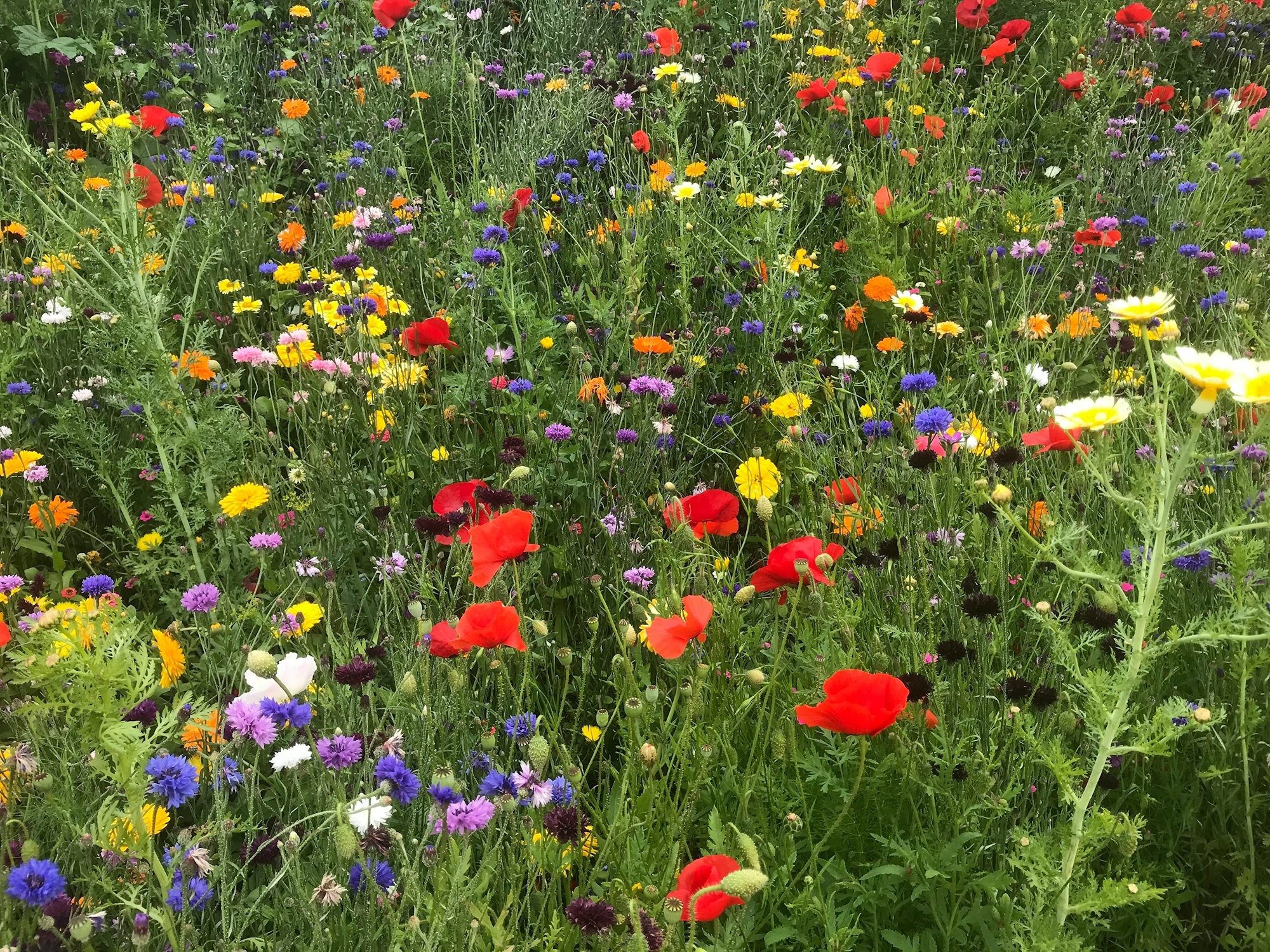Be a citizen scientist: hunt for Waxcaps!

Be a citizen scientist - help Plantlife search for Waxcaps!
UK registered charity Plantlife says waxcaps are an indicator of rare, species-rich grassland. And grassland that’s species-rich stores up to a third more carbon than areas with not many species – so they are an important tool in the fight against climate change.
And they like Wales - it's one of the most important places in the world for waxcaps.
Have you heard of Waxcaps??
There are crimson waxcaps, meadow waxcaps, scarlet waxcaps, the incredible rare violet coral, the blackening waxcap, the pink/ballerina waxcap, the glutinous waxcap, the olive earthtongue, and the rather amazing smoky spindles. There are more too, such as snowy waxcaps and parrot waxcaps. This video gives you an idea of what waxcaps are all like, and they need identifying and protecting.
Plantlife are keen to know where they, and other grassland fungi, are doing well. The reason is that this will help them discover where bits of ancient meadows are surviving – and so Plantlife can protect them in the future.
Waxcaps face a number of challenges, not least of which is the number of people who are skilled field surveyors who can identify fungi (known as mycologists). The good news is that there are more of the general public who want to get involved, and one of the things Plantlife is doing this year is to host an online webinar to launch this year’s survey on 6th October. They are also having 10 in-person training events this autumn in England, Scotland and Wales.
Every year, Plantlife need people to help them find waxcaps and then record them in their free app. They have improved the app this year, ( for instance, the Blushing Waxcap has been added).
Download the app – find out about that here
Visit a site
Record what you see on the app
Why not share what you're doing on social media, and follow #WaxcapWatch to encourage others to join in?
There are lots of resources on Plantlife’s website, including
How to find and identify Waxcap fungi
A Waxcap training course
How to join the Facebook group
Threats to Waxcaps
The Glaswelltiroedd Gwydn Project in Wales
Waxcap and Grassland Fungi ID guides for Wales, Scotland and England
By the way, if you want to plant wildflowers in your garden, Plantlife say that between August and October is a great time to do it! Their website has lots of information, with answers to questions such as how to choose what wildflowers to use, how to prepare the ground for sowing, and can you just scatter wildflowers on grass? They also tell you how to plant wildflower seed plugs. Dig for more information here.
Thank you to Leslie Bowman for the stunning colourful photo at the top of the page. Don't forget, Plantlife has lots of tips and ways we can all help plants and flowers. Visit their website here.
Comments